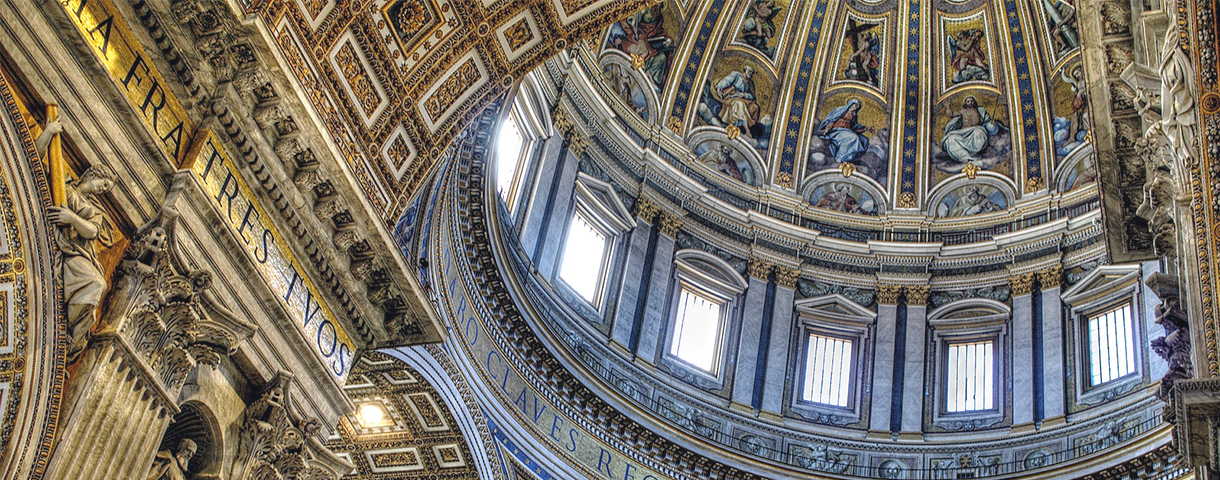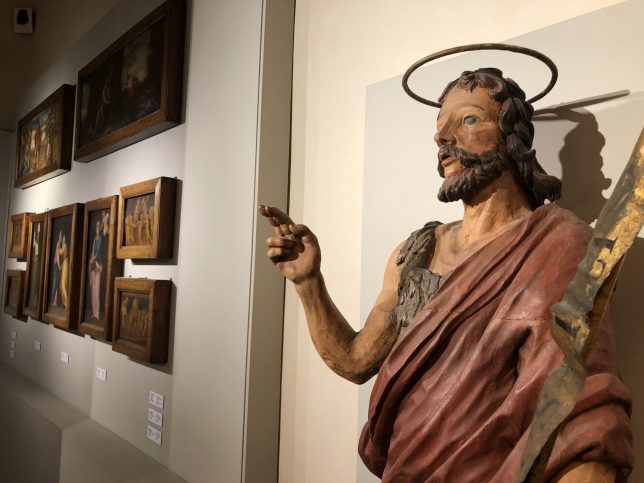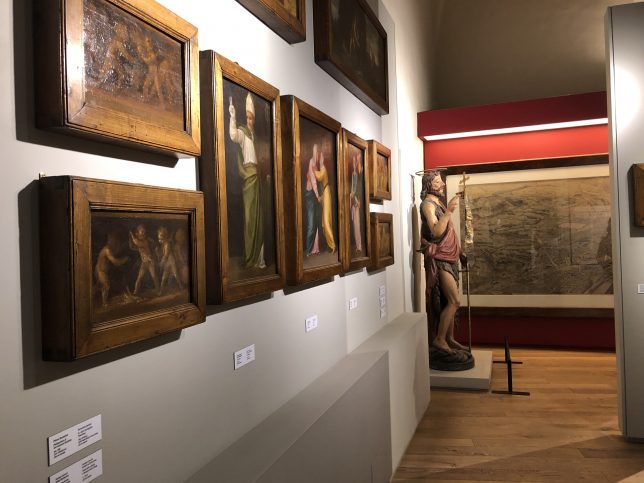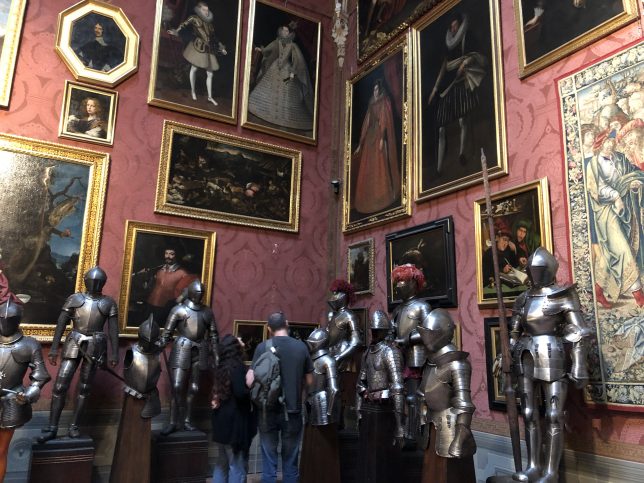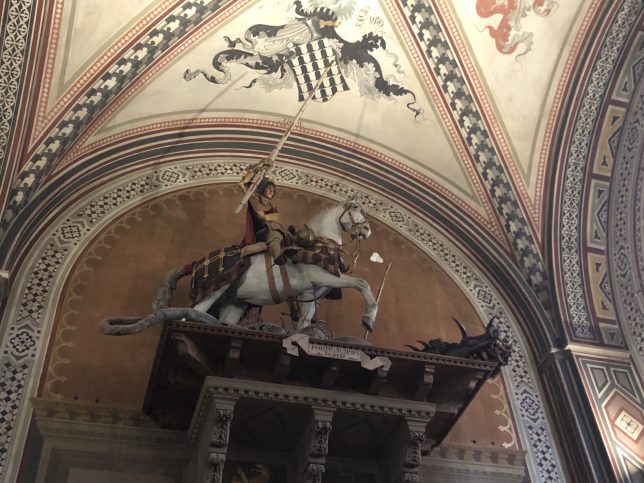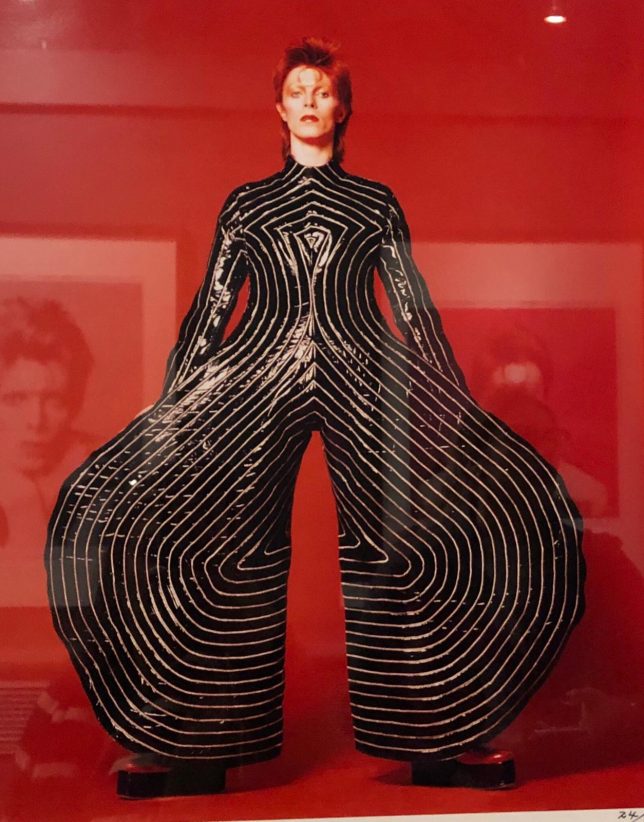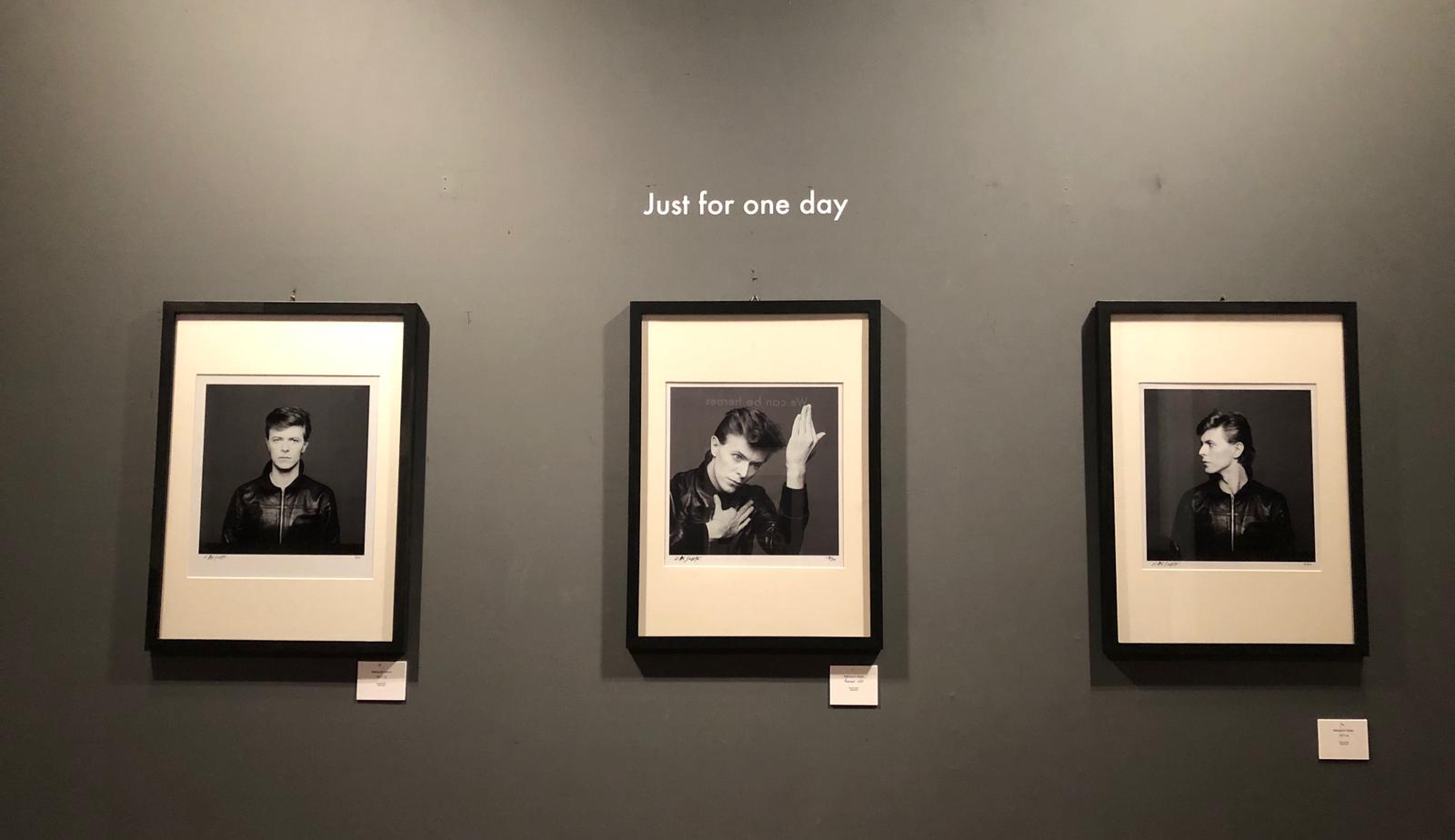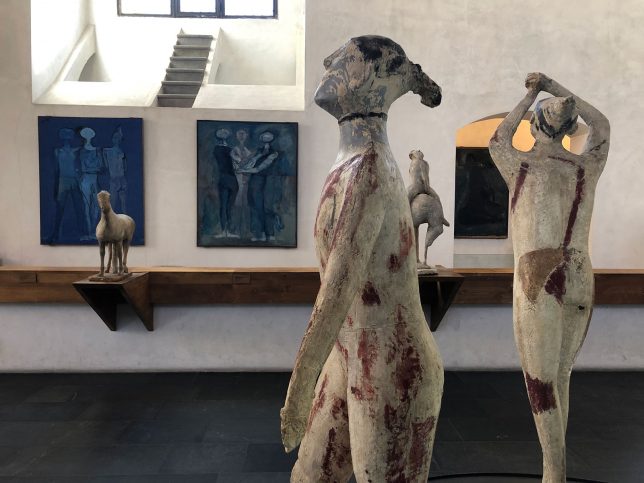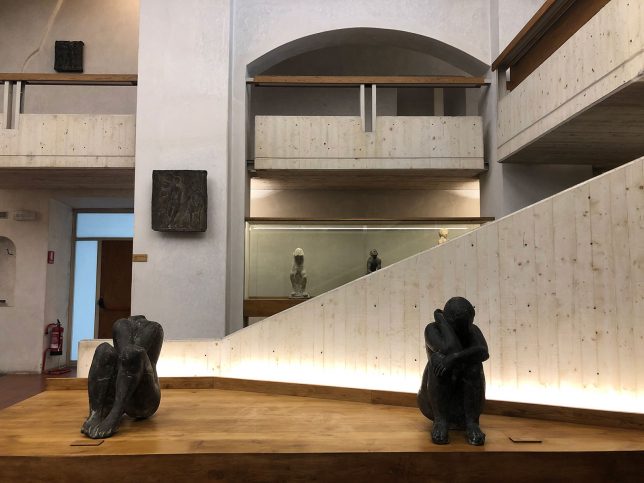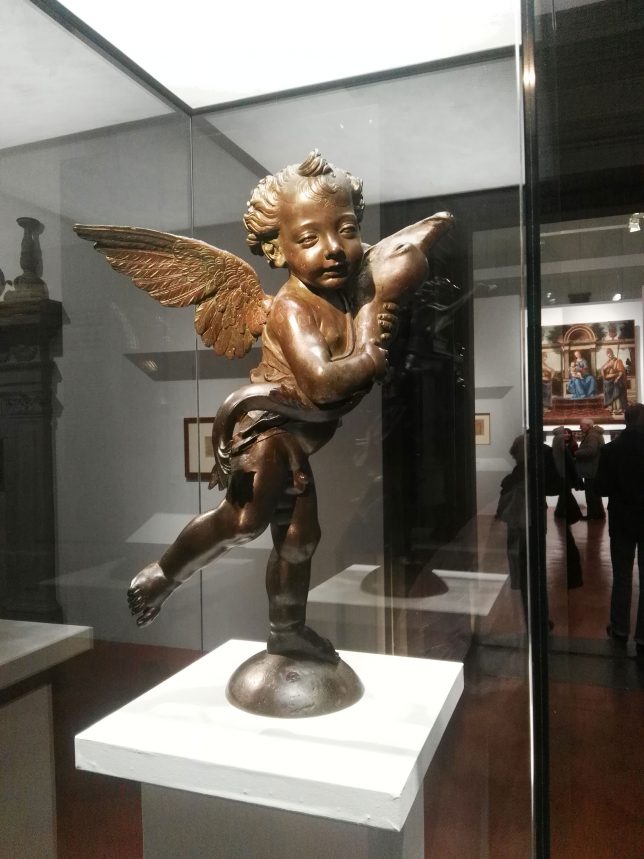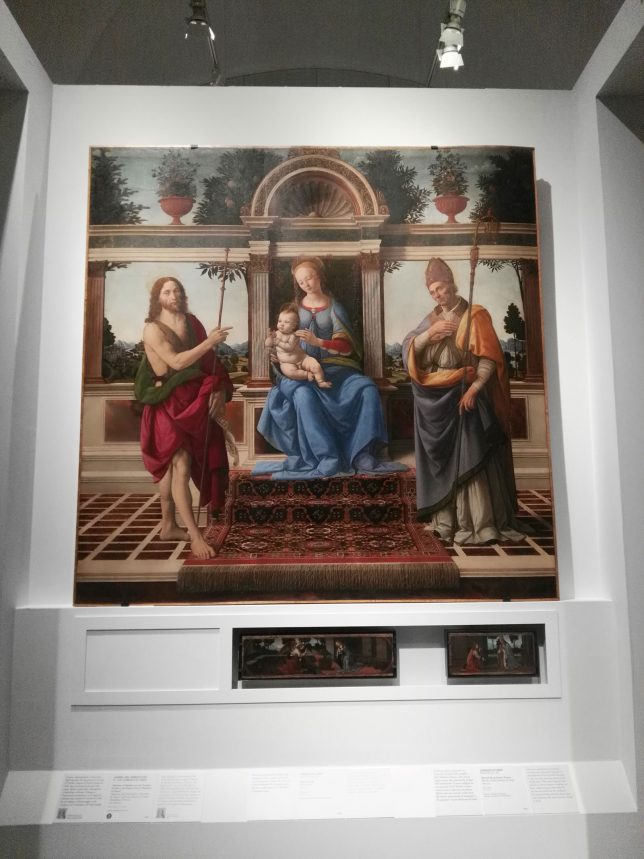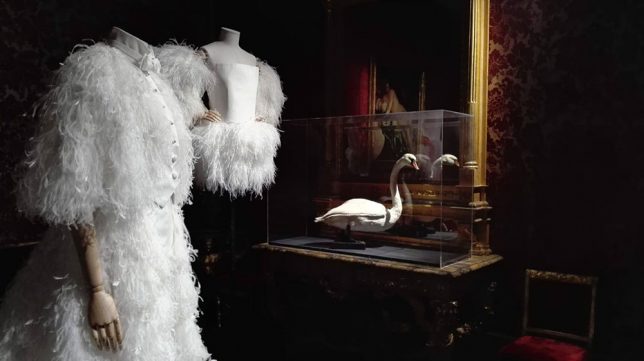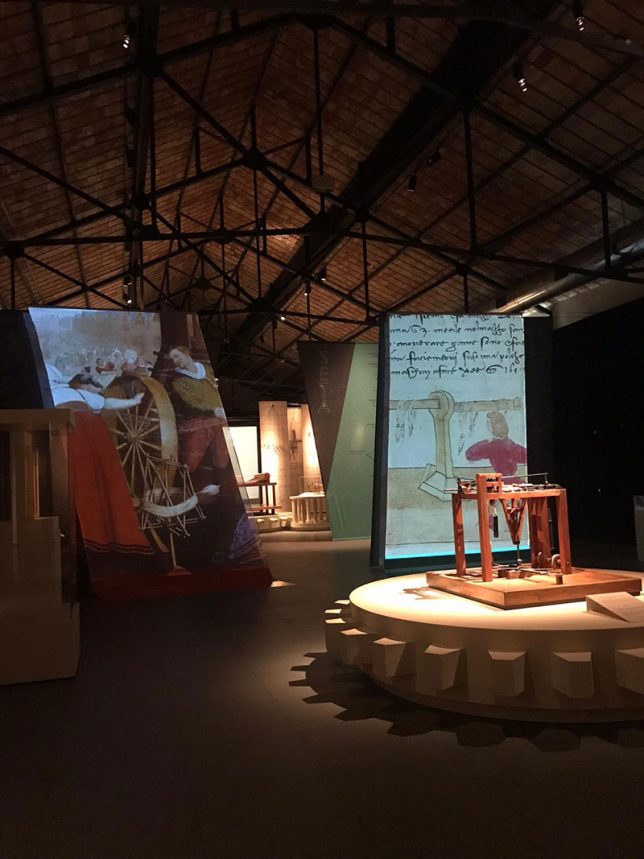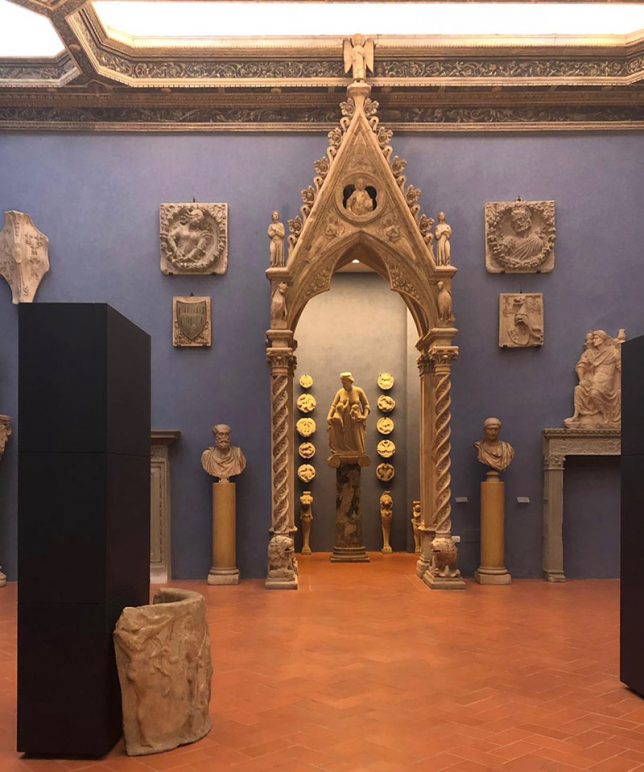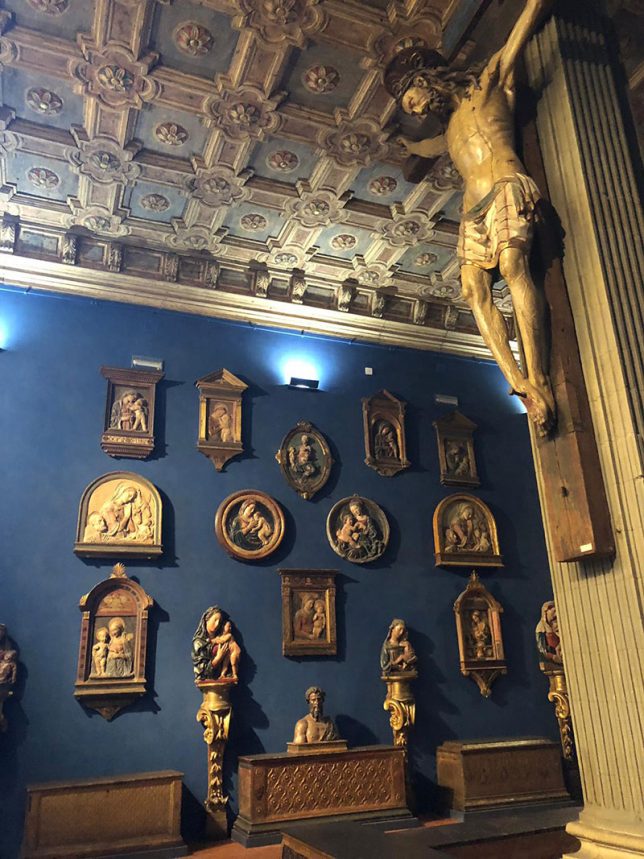
Palazzo Medici Riccardi beyond the Renaissance
The museum paths through Palazzo Medici Riccardi
By Benedetta Gestri and Camilla Torracchi (Università degli studi di Firenze)
Every-day from 9:00 – 19:00 (the ticket office closes an hour prior)
Closed Wednesdays
Located in the heart of Medicean Florence, just a few steps from Santa Maria Novella station and San Lorenzo, close to Brunelleschi’s dome, stand Palazzo Medici-Riccardi in its imposing sobriety. One of the greatest examples of civil Renaissance architecture, the building was constructed at the request of Cosimo the Elder de’ Medici following a design by Michelozzo in 1444. It would play residence to Lorenzo the Magnificent eventually becoming a treasury of masterpieces by some of the most brilliant artists active in the Medici home including Donatello, Botticelli and Michelangelo.
The palace was acquired in 1659 by the Riccardi family who undertook the expansion and renovation work while respecting the centuries old history of the building by not changing its external façade. The building is still characterized today by the ashlar bricks, a material used in the homes of the most illustrious Florentine families of the fifteenth century.
One of the museum’s strong points is the wide variety of different routes proposed to the public which respond to various interests. Visitors are allowed access to the statue garden, fountains and citrus trees free of charge, as well as the fifteenth-century internal sandstone courtyard that hosts ‘exhibitions’ on its walls in the frames designed by Giovanni Battista Foggini which contain pieces of antiquities from the Riccardi collection including inscriptions and surveys.
It’s advisable to start the visit from the underground spaces that, following a campaign of archeological excavations, have recently been opened as a museum space in which the contemporary architecture and the ancient finds interact. The rooms collect two millennia of history offering the public the opportunity to interact through a display that allows visitors to discover a Florence that rarely has a chance to be seen. The itinerary then continues with the so-called Museo dei Marmi, opened in 2005, where it’s possible to admire twenty-two examples of classical antiquities form the Riccardi collection, amongst which are busts of emperors and philosophers.
Upon arriving to the first floor the visitor is immerged in the splendor of the Magi Chapel, frescoed by Benozzo Gozzoli in the second half of the fifteenth-century. The walls, which are entirely painted, are decorated with the voyage of the journey of the kings towards Bethlehem, a procession crowded with figures richly dressed in brightly colored clothes among which portraits of the Medici family and a self-portrait of the painter can be found.
Whoever enters cannot help but to be struck with a sense of awe and wonder while being captivated by the infinite variety of details, the fairy-tale aura in which the ‘bourgeois’ reality of time is transposed, and the precious materials such as gold and lapis lazuli that are used throughout contributing to the atmosphere of the small but jewel like space.
Because of space limitations the capacity of the space is limited to fifteen people at a time, with a maximum visit time of fifteen minutes per group.
The route continues in successive rooms with seventeenth and eighteenth-century works of art and tapestries that are displayed based of a criterion of rarefaction, particularly the portraits of the Medici family which are concentrated in rooms VII, VIII, and IX, the last of which allows the possibility to admire the celebrated Madonna and Child by Filippo Lippi.
The visit concludes with the evocative Gallery, decorated by Luca Giordano, commissioned by the Riccardi family in 1685. The painter created the Apotheosis of the Medici Dynasty, a complex cycle of frescoes that represents a virtuous path of humanity towards various allegorical figures and in the center the celebration of the Medici house. The gallery was conceived as a representative space, but also as a space to conserve precious objects of small dimensions in cabinets arranged along the right wall, alternated with mirrors painted with cherubs, floral, and animal subjects realized by Anton Domenico Gabbiani, Bartolomeo Bimbi and Pandolfo Reschi.
Compared to the sobriety of the previous rooms, the public will be surprised to find themselves immersed in of the greatest masterpieces of the Baroque period, overwhelmed by the dense and sumptuous decoration which is enriched by stuccoes designed by Foggini. The room is a real delight, which at times suffers from access restrictions as it is also used for conferences and conventions.
If on one hand the visitor can ideally retrace the history of the building through testimonies from different eras, on the other they need a guide to accompany them the journey given the limited art historical information made available by the museum. The public can be overwhelmed by the beauty of some of the rooms, without sufficient tools to understand and contextualize what they are seeing. In fact, the explanatory panels, in both Italian and English, are not present in all of the rooms and only offer a general panorama without providing details about the works on display, often displayed without labels. For a non-expert public, it is therefore advisable to book a guided tour by contacting the museum of by going to the recently renovated ticket office, to fully enjoy the works of some of the most significant personalities of Renaissance Florence and beyond.
Translated by Marie-Claire Desjardin (Istituto Lorenzo de’ Medici)
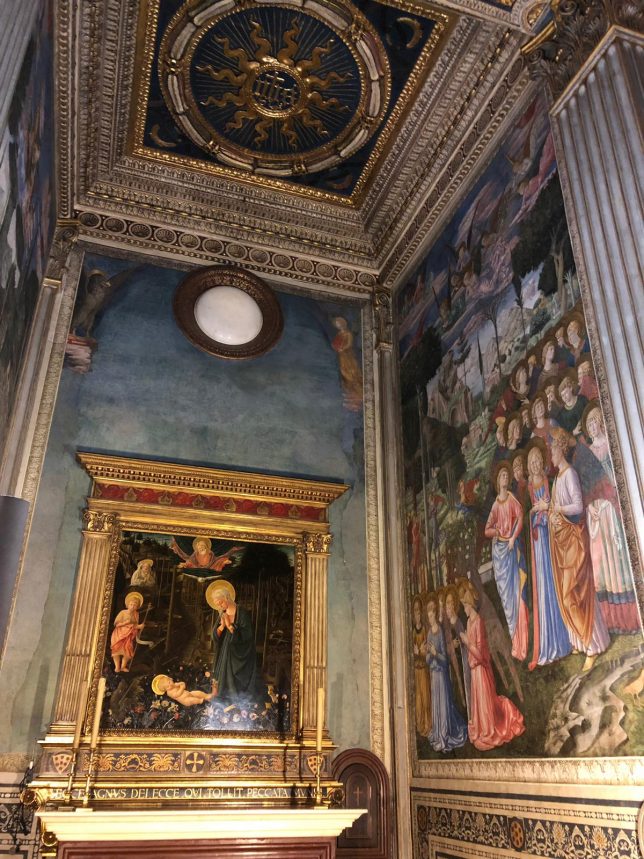
Palazzo Medici Riccardi oltre il Rinascimento
I percorsi museali di Palazzo Medici Riccardi
Di Benedetta Gestri e Camilla Torracchi (Università degli studi di Firenze)
Tutti i giorni: 9:00- 19:00 (la biglietteria chiude un’ora prima)
Chiuso il mercoledì
Ubicato nel cuore della Firenze medicea a pochi passi dalla Stazione di Santa Maria Novella e da San Lorenzo, vicino alla Cupola del Brunelleschi si erge nella sua imponente sobrietà Palazzo Medici-Riccardi. Uno dei massimi esempi dell’architettura civile rinascimentale, l’edificio venne costruito per volere di Cosimo il Vecchio de’ Medici su progetto di Michelozzo nel 1444, dimora poi di Lorenzo il Magnifico e scrigno dei capolavori di alcuni dei più geniali artisti attivi per la casata medicea quali Donatello, Botticelli e Michelangelo.
Il palazzo venne acquistato nel 1659 dai Riccardi che intrapresero lavori di ampliamento e rinnovamento rispettando però la secolare storia dell’edificio, tanto da non modificare affatto il suo aspetto esterno. La dimora ancora oggi si caratterizza infatti per il bugnato, materiale impiegato nelle abitazioni delle più illustri famiglie fiorentine del Quattrocento.
Un punto di forza del Museo è l’ampia offerta proposta al pubblico che può fruire di percorsi museali diversi, in grado di rispondere a svariati interessi. Si può accedere gratuitamente sia al giardino con statue, fontane e piante di agrumi, sia al quattrocentesco cortile interno in pietra serena sulle cui pareti si ritrovano ‘mostre’, sorte di cornici ideate da Giovanni Battista Foggini che racchiudono pezzi della collezione di antichità dei Riccardi, come iscrizioni e rilievi.
È consigliabile iniziare la visita dagli ambienti sotterranei che, a seguito di una campagna di scavi archeologici, sono stati adibiti recentemente a spazio museale in cui dialogano architettura contemporanea e antichissimi reperti. Le sale raccolgono due millenni di storia e coinvolgono il pubblico in attività interattive attraverso display che permettono di scoprire una Firenze che raramente si ha occasione di conoscere. Il percorso prosegue poi con il cosiddetto Museo dei Marmi, inaugurato nel 2005, dove è possibile ammirare ventidue pezzi della collezione di antichità classiche dei Riccardi, tra cui busti di imperatori e filosofi.
Salendo al primo piano del palazzo il visitatore si immerge nello splendore della Cappella dei Magi affrescata da Benozzo Gozzoli nella seconda metà del XV secolo. Sulle pareti interamente dipinte si svolge il Viaggio de Magi verso Betlemme, un corteo affollato di figure riccamente vestite con abiti dai colori vivaci fra le quali è possibile scorgere ritratti dei membri della casata medicea e un autoritratto dello stesso pittore.
Chi vi entra non può che rimanere pervaso da un senso di stupore e meraviglia rapito dall’infinita varietà di dettagli, dall’aurea fiabesca in cui è trasposta la realtà “borghese” dell’epoca e dalla preziosità dei materiali impiegati come oro e lapislazzuli, tutte qualità che contribuiscono a rendere questo ambiente un piccolo ma grande gioiello.
Per l’esiguo spazio, la capienza della Cappella è di quindici persone per volta, per un massimo di quindici minuti per visita.
Il percorso si svolge poi in diverse sale in successione con opere d’arte e arazzi Sei e Settecenteschi esposti secondo un criterio di rarefazione, in particolare ritratti della famiglia Medici concentrati nelle sale VII, VIII e IX e in quest’ultima è possibile ammirare anche la celebre Madonna con Bambino di Filippo Lippi.
La visita si conclude con la suggestiva Galleria, la cui volta fu decorata da Luca Giordano, su incarico dei Riccardi, nel 1685. Il pittore realizzò l’Apotesi della dinastia dei Medici, un complesso ciclo di affreschi che presenta ai lati un cammino virtuoso dell’umanità attraverso diverse figure allegoriche e al centro la celebrazione della casata medicea. La Galleria fu concepita come ambiente di rappresentanza, ma anche come luogo in cui conservare oggetti preziosi di piccole dimensioni in armadi disposti lungo la parete destra, alternati da specchi dipinti con puttini, soggetti floreali e animali realizzati da Anton Domenico Gabbiani, Bartolomeo Bimbi e Pandolfo Reschi.
Rispetto alla sobrietà degli ambienti precedenti, il pubblico con sorpresa si trova immerso in uno dei massimi capolavori del barocco, sopraffatto dalla decorazione fitta e fastosa arricchita da stucchi ideati da Foggini. Una vera delizia, che tuttavia a volte subisce delle limitazioni di accesso poiché la sala viene utilizzata anche per congressi e convegni.
Se da una parte il visitatore può idealmente ripercorrere la storia del palazzo attraverso testimonianze di epoche diverse, dall’altra necessita di una guida che l’accompagni in questo viaggio vista l’esiguità delle informazioni storico-artistiche messe a disposizione dal museo. Il pubblico resta sopraffatto dalla bellezza di alcuni ambienti, senza che gli siano forniti strumenti sufficienti per comprendere e contestualizzare ciò che sta ammirando. I pannelli esplicativi infatti, in italiano e inglese, non sono presenti in tutte le sale e offrono solo una panoramica generale senza fornire dettagli sulle opere esposte, spesso prive di targhetta. Per un pubblico non esperto è quindi consigliabile prenotare visite guidate, contattando il Museo o recandosi alla biglietteria recentemente rinnovata, per poter godere a pieno delle opere di alcune delle personalità più significative della Firenze del Rinascimento e oltre.
Photo Courtesy Camilla Torracchi (Università di Firenze)
